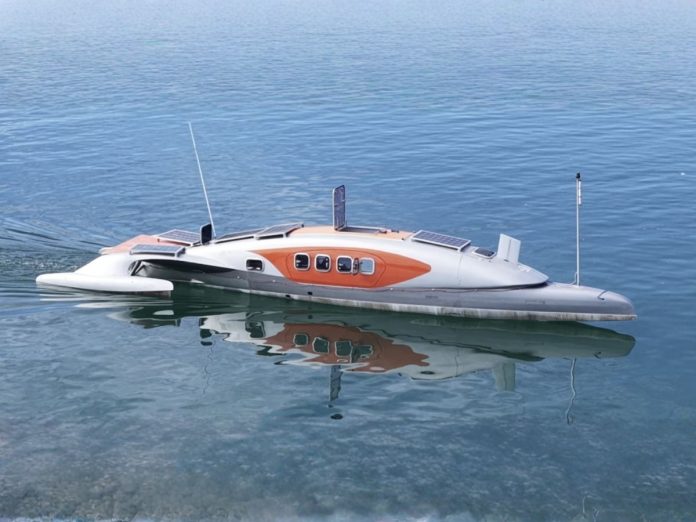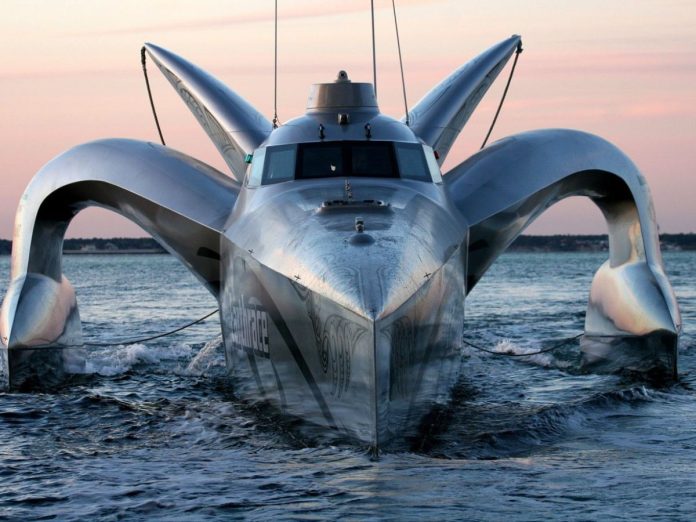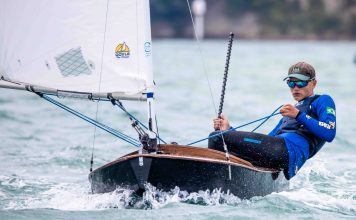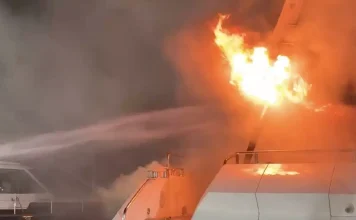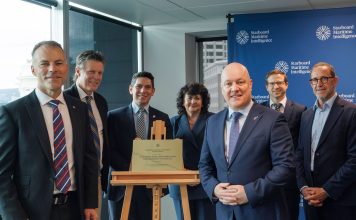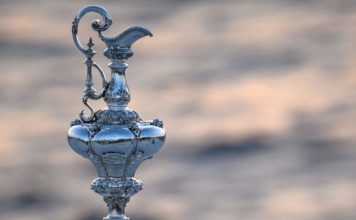As yacht design moves steadily toward full electrification, traditional safety systems are being tested in new ways. One unexpected challenge? Lightning. For most vessels, it’s a known hazard with well-established defences. But for electric boats like Sailing Yacht Zero, a direct hit risks total electronic failure.
Developed by the not-for-profit Foundation Zero, Sailing Yacht Zero is an experimental yacht powered entirely by renewable energy. Early in the build, the team realised the standard lightning path—mast to hull to water—couldn’t guarantee protection for sensitive systems. That’s because while the strike itself might not burn through batteries, the electromagnetic pulse (EMP) it generates can cripple them in microseconds.
Physicist Bob van Someren, part of the yacht’s technical team, explained the core risk:
“This high current pulse gives a very big electromagnetic pulse (EMP), and that’s usually what damages your electronics. That’s our problem.”


Standard surge protectors weren’t enough. Instead, the team turned to a powerful but underused idea in yacht construction: the Faraday cage. Their goal was to keep lightning current outside the vessel’s body, allowing the metal hull to deflect the EMP away from onboard systems.
This required a rethink of mast design. The team partnered with Carbo-Link, a Swiss composite engineering firm, to engineer a lightning cable exit point outside the hull—just above the deck—so the strike wouldn’t pass through the interior. Carbo-Link ran detailed stress simulations to find a structurally sound spot to install the outlet. The result is a custom exit that won’t compromise the mast’s strength, even under load.
Additional design tweaks include isolating system cables that might breach the Faraday cage and installing fuses that cut off surge pathways. Together, these create a protective bubble around the yacht’s electrical heart.
This new approach has already attracted attention for its innovation. But for van Someren and project manager Eduard van Benthem, the real test will be at sea:
“Although as much testing as possible will take place ahead of the sea trials, there are many aspects that simply need to be put into real-world environments.”
As electric yachts become more common, solutions like this may soon set the new industry standard.
You can read more details of the installation atwww.foundationzero.org/insights/protecting-electric-yachts-from-lightning-strikes.











